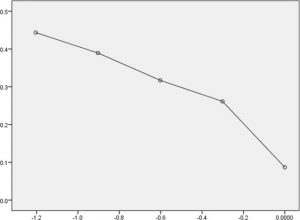Parasporal inclusions of a local non haemolytic Bacillus thuringiensis pressure KAU 59 was screened for its cytotoxicity in opposition to human lymphocytic leukemic cell line jurkat and regular human lymphocytes. The cytotoxicity of proteinase activated and non activated solubilised parasporal inclusions in opposition to each cell traces was assessed by Cell Titer 96 Aqueous Non Radioactive Cell Proliferation Assay Kit utilizing MTS. The 50 per cent efficient focus (EC<sub>50</sub>) values had been deduced from log probit evaluation at 48 h. Morphological adjustments related to cytotoxicity had been evaluated and molecular mechanisms of cell loss of life had been elucidated by TUNEL assay at 48 h post-inoculation. The fluorescence assisted cell sorting was finished within the stream cytometer to evaluate the stage of cell cycle arrest.
Relative quantification of caspase-Three expression in Jurkat cells handled with parasporal inclusion protein of KAU 59 was finished by qRTPCR The outcomes indicated that the protein was cytotoxic to jurkat cells on the identical time non poisonous to regular lymphocytes. Cytotoxicity was evident solely after proteolytic activation. Apoptotic cell loss of life was confirmed within the protein handled cells by TUNEL Assay and in addition up regulated caspase-Three gene expression (P < 0.001). S section cell cycle arrest was confirmed by and fluorescence related cell sorting.

Crystal Protein of a Novel Bacillus thuringiensis Strain Inducing Cell Cycle Arrest and Apoptotic Cell Death in Human Leukemic Cells.